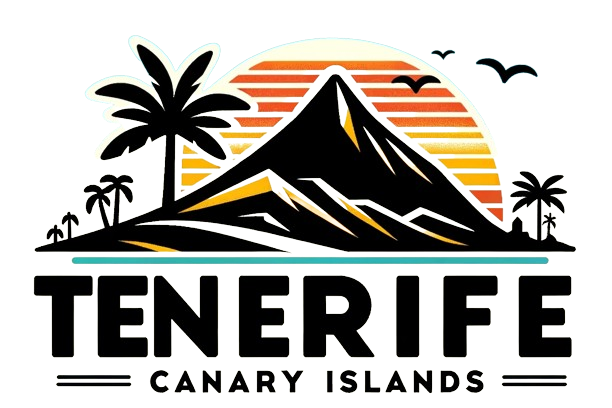Exploring Tenerife’s UNESCO World Heritage Sites: A Journey Through History and Nature
Tenerife, a gem in the Canary Islands, is not just a destination for beach lovers and hikers but also a treasure trove of cultural and natural heritage. This guide will take you on a journey to explore the UNESCO World Heritage Sites in Tenerife, each offering a unique glimpse into the island’s rich history and breathtaking natural landscapes.
Teide National Park: A Natural Wonder
Teide National Park is Europe’s most visited national park and has been a UNESCO World Heritage Site since 2007. Dominated by Mount Teide, a dormant volcano and Spain’s highest peak, the park is an outstanding example of natural beauty and geological significance. The landscape here is often compared to a Martian surface, with its lava flows, craters, and sand formations. Photographers, nature lovers, and geologists find this park an endless source of fascination.
San Cristóbal de La Laguna: A Historical Jewel
San Cristóbal de La Laguna, commonly known as La Laguna, was declared a UNESCO World Heritage Site in 1999. This historic town is celebrated for its well-preserved late 15th-century layout, which provided a blueprint for many colonial towns in the Americas. Its streets are lined with beautiful ancient buildings, including the stunning La Laguna Cathedral. As you stroll through the town, you’ll be transported back in time, experiencing the blend of Spanish and Portuguese colonial architecture.
The Tenerife Experience: Combining Nature and History
Visiting these UNESCO World Heritage Sites in Tenerife offers a unique opportunity to experience the island’s diverse offerings:
- Outdoor Activities: Teide National Park is a haven for outdoor enthusiasts. Hiking, cable car rides, and stargazing are just a few activities that you can enjoy here. The park’s diverse flora and fauna add to its allure, making it a must-visit for nature lovers.
- Cultural Exploration: La Laguna is a cultural hotspot. The town is home to the University of La Laguna and numerous historical buildings, churches, and convents. Its cultural richness is evident in its lively festivals, traditional cuisine, and bustling markets.
- Photography and Art: Both sites offer endless inspiration for photographers and artists. The contrasting landscapes of Teide’s natural beauty and La Laguna’s architectural elegance provide ample opportunities for capturing stunning images.
- Educational Experiences: These sites are visually captivating and offer educational insights into the geological and historical aspects of the island. Guided tours are available, providing in-depth knowledge about these sites.
Tips for Visitors
- Best Time to Visit: Spring and autumn offer pleasant weather, ideal for exploring both sites.
- Accessibility: Teide National Park is accessible by car, and there are various hiking trails of different difficulty levels. La Laguna is pedestrian-friendly and can be explored on foot.
- Accommodation: There are various accommodation options near both sites, catering to different budgets and preferences.
In conclusion, the UNESCO World Heritage Sites in Tenerife – Teide National Park and San Cristóbal de La Laguna – are not to be missed. They offer a perfect blend of natural beauty and historical richness, making your visit to Tenerife a truly memorable experience. So, get ready to immerse yourself in the unique heritage of this enchanting island!
